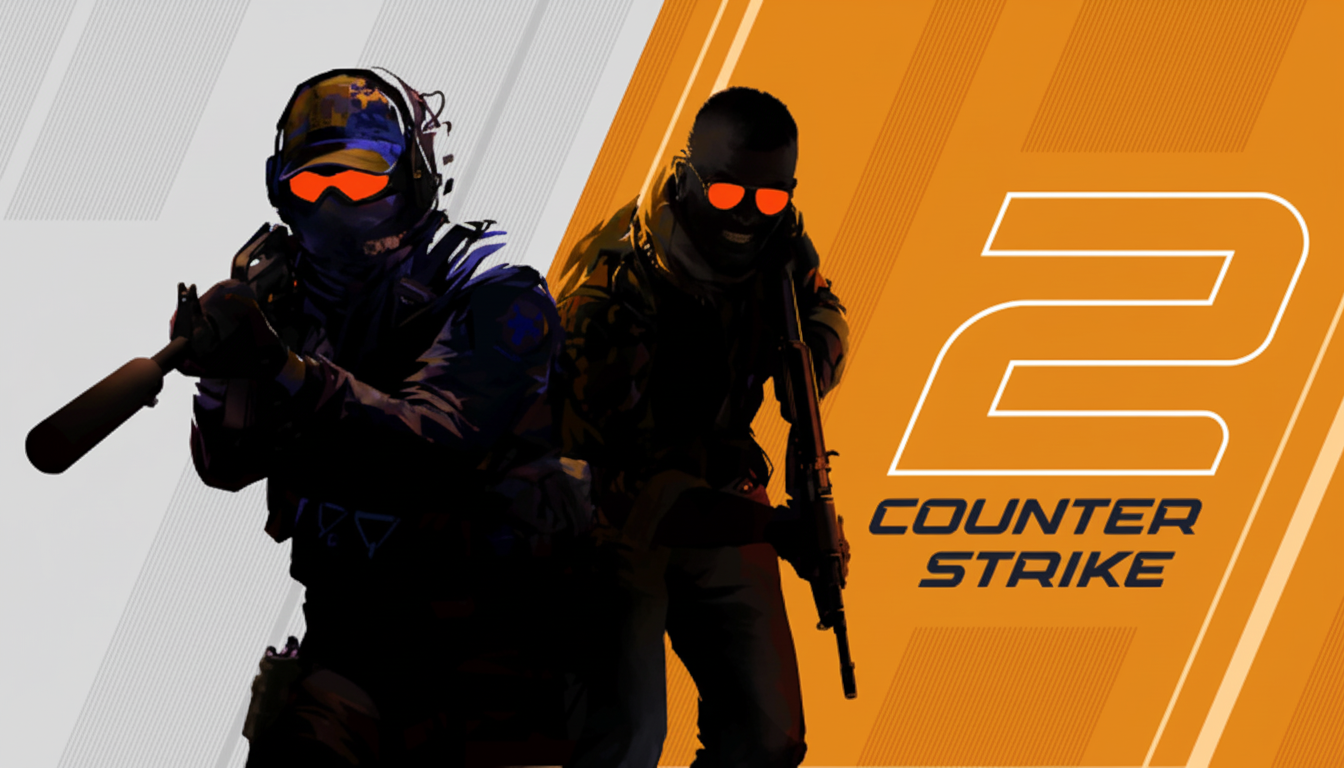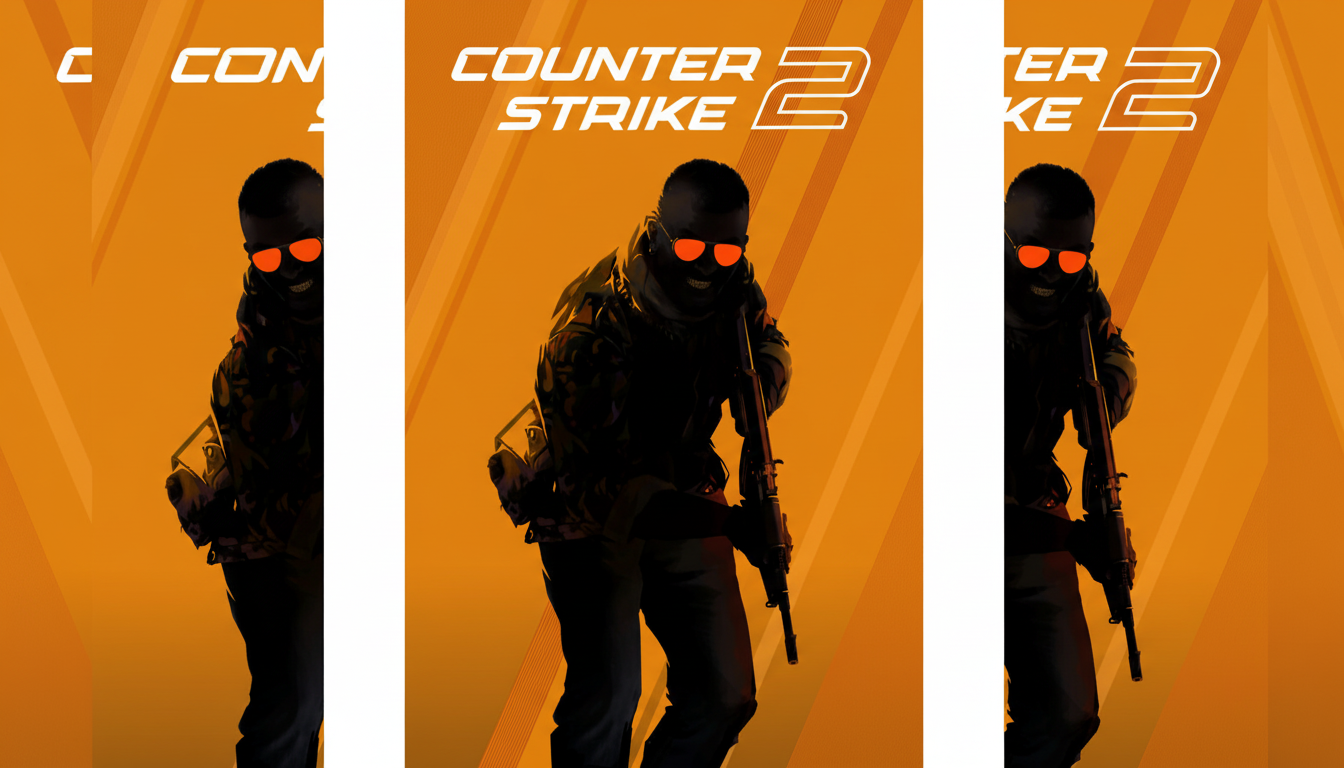A surprise update to Counter-Strike 2 has exploded the game’s gray market economy, erasing about $2 billion of real-world value almost overnight. The selloff came in the wake of a revision in how rare cosmetics are generated, which unleashed a flood of supply and repriced some of the most coveted virtual items in all of PC gaming.
What Valve Changed in Counter-Strike 2’s Cosmetic Economy
Valve quietly sent out a typical Counter-Strike 2 patch that not only included the usual performance changes, but also overhauled how you’re able to upgrade cosmetics for your agents as well.

The headline change: Users can now trade in five regular skins for a rarer item, including categories once considered near-lottery wins like knives and gloves.
Prior to this, top-tier items were mostly gated behind minuscule drop rates in Cases that required paid Keys — knives and gloves were the crown jewels of Counter-Strike’s loot ecosystem. By adding a clear trade-up path into those pools, the patch effectively diluted scarcity — the chief input that underpins high prices in any collectibles market.
How Big the Crash Was Across Counter-Strike’s Skin Market
The notional value of Counter-Strike inventories, tracked by the third-party auditor Pricempire via major marketplaces in real time, dropped from just over $6 billion to about $4.25 billion within hours of the update — a decline of approximately $1.75 billion.
The slide accelerated amid panic selling, with Pricempire measuring the drawdown at about $2.4 billion within a day or so — an initial 29% plunge broadening to nearly 40% as the market kept trying to establish a new floor.
That is a stupendous scale for an economy in which a game monetizes itself on cosmetic items. Though the official Steam Community Market imposes a $1,800 cap on individual item listings, rare items exchange hands frequently in third-party exchanges for much more; an AK-47 “Case Hardened” pattern supposedly sold in the seven figures last year. This week’s move tore right through those expectations, repricing knife and glove inventories up and down the market.
The human impact was immediate. Some well-known players and traders publicly racked up five-figure hits as estimates reset. One veteran pro whispered that a portfolio worth at least $58,000 the day before was now in the neighborhood of $18,000 — an eye-watering swing of nearly $40,000 in less than 24 hours. Market-themed subreddits were flooded with charts, damage reports and attempts to comprehend the new supply curve.
Who Won and Lost After Valve’s Trade-Up Overhaul
The sharpest pain stings collectors and traders who bought knives, gloves and high-end finishes as speculative assets. More-valuable things inched up over the years of Counter-Strike: Global Offensive and then were bought back down to earth, teaching a hard lesson: developer policy is the underwriter to beat in virtual economies.

The casuals, however, have stumbled onto the right side of accessibility. Knives that used to cost a month’s rent can now be found through play, plus a trade-in process that is also more within reach. That puts cosmetic items on a level playing field for the majority of your player base, bringing aspirational things within reach without having to take that next step into whale-only territory.
Market structure was also a factor in the speed of the crash. Automated pricing bots, thin liquidity in some corners of the market and cross-site arbitrage all serve to accelerate moves as bots rush for a new equilibrium. And, once the first wave of undercuts arrived, cascading stop-loss trader behavior compounded the selloff.
Why This Counter-Strike 2 Economy Shock Matters Now
The skin economy of Counter-Strike has been a case study in financialization of game assets: real money in, volatile marks to market, and a community that is a mix between collectors and speculators. This update is a classic supply shock — policy-induced, abrupt and ill-targeted.
It also reignites a larger debate over stewardship and risk. Valve doesn’t need to maintain aftermarket values, but years of scarcity ingrained the idea that some items were “store-of-value” cosmetics. Similar inflection points have defined other virtual economies, from the defunct Diablo III Auction House to market interventions in Team Fortress 2 and balance-ruled price swings in EVE Online. The through-line remains clear: In live-service games, patch notes can be something analogous to central bank policy.
For regulators and consumer advocates, the episode illustrates the fuzzy line between entertainment and investment. They’re not securities, of course, and yet the behavior — using real money to chase up assets that are already appreciating — rhymes with speculative markets, and the emotional carnage of sudden drawdowns is quite real.
What Comes Next for Prices, Players, and Valve’s Plans
Valve has not provided additional guidance beyond the patch notes, and there’s no guarantee it would be reversed. Markets tend to overshoot on shocks and then retrace as scarcity reasserts itself under new rules. Anticipate a shakedown phase as pattern rarity, float value and brand power reprice on an extended supply channel.
For the player, the practical takeaway is straightforward: approach cosmetic spending as discretionary activity, not as part of a portfolio. For the ecosystem in general, a more affordable high end could lead to deeper engagement and trading volumes over time. But for those who’d spent years devising knife and glove holdings, it was a stark reminder that in virtual economies, code is law — and one line of it can shift billions.

